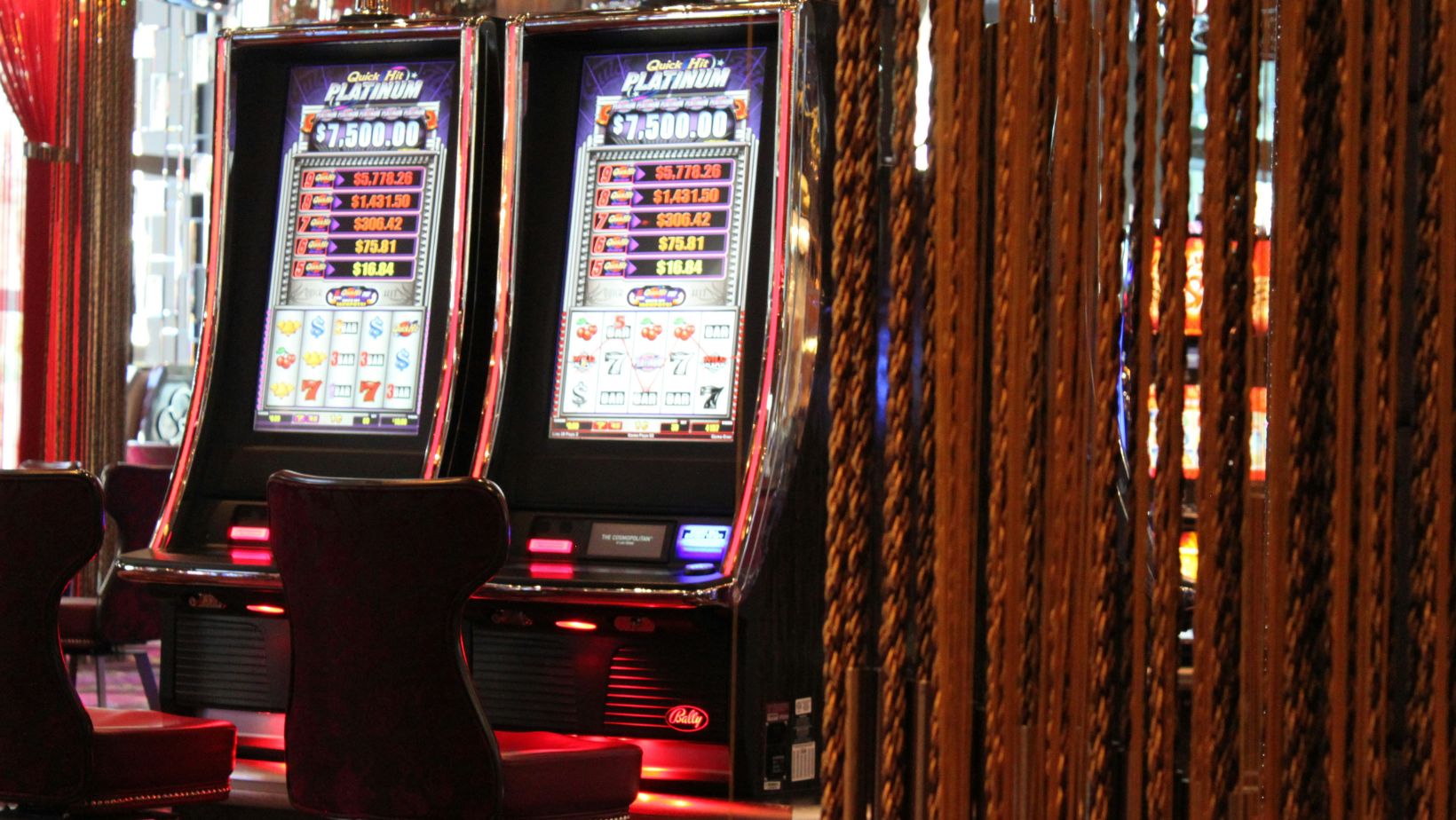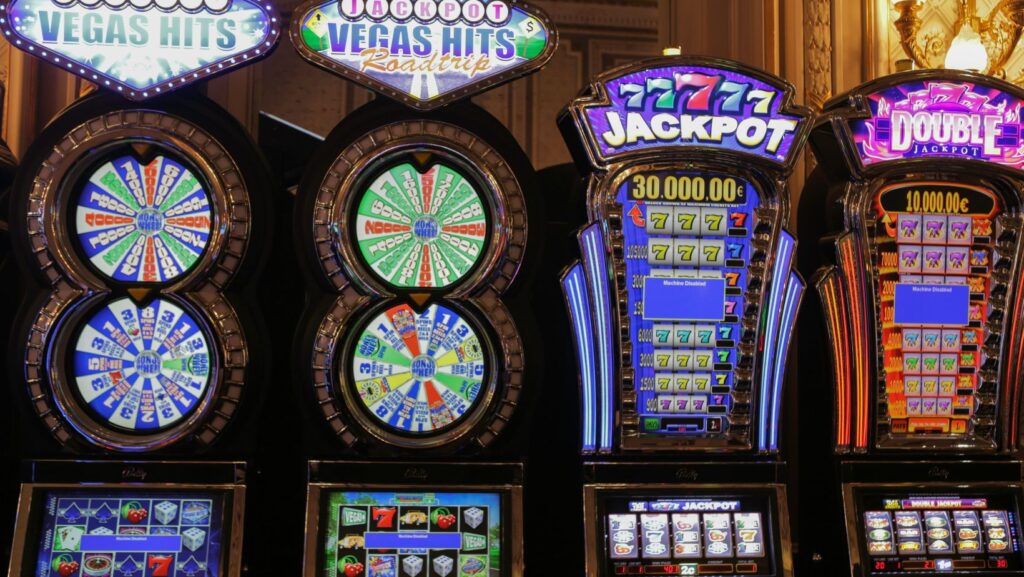Multiplier features look amazing in promotional videos. Win 50x your bet! 100x potential! Cascading multipliers that keep growing! The marketing makes them look like money-printing machines.
I spent four months chasing multipliers before understanding how they actually work. The realization changed everything.
Multipliers aren’t magic—they’re mathematics. Understanding that distinction saved me from the expensive mistakes I was making repeatedly.
Playing at Bet and Play provides access to thousands of games including popular titles like Book of Cats and Wolf Treasure from providers like Microgaming and Yggdrasil, cryptocurrency deposit options including Bitcoin and Ethereum, VIP program benefits reaching level 6 with increasing cashback rewards, and support through 24/7 live chat.
The Multiplier Misconception
What I thought: Multipliers increase my chances of winning. Games with 100x multipliers are better than games with 10x multipliers.
What’s actually true: Multipliers don’t increase win frequency—they redistribute the prize structure. Higher potential multipliers usually mean less frequent wins.
Here’s the math casinos don’t explain clearly:
A slot with 96% RTP must return 96% regardless of multiplier structure. That 96% can be distributed as:
- Frequent small wins with low multipliers (many 2x-10x hits)
- Rare massive wins with high multipliers (occasional 50x-500x hits)
Same RTP, completely different experience.
My Expensive Education
Month 1: Played only slots advertising high multipliers. “500x potential!” meant I’d win 500x frequently, right?
Wrong. That 500x potential hit once in 2,000 spins. The rest of the time? Dead spins or tiny wins that didn’t cover bet costs.
Blew through $300 chasing those big multiplier hits that rarely came.
Month 2: Tried progressive multiplier slots (multipliers increase with consecutive wins). Logic seemed sound—each cascade win increases multiplier, creating snowball effect.
Reality? Most cascades ended at 2x or 3x multiplier before dying. The 10x+ multipliers I was chasing required 5+ consecutive cascades, which happened maybe twice in 500 spins.
Another $250 gone learning what should’ve been obvious.
Month 3: Discovered “multiplier slots” could mean wildly different things:
- Wild multipliers (multiplier only applies to wins using wild symbols)
- Win multipliers (all wins get multiplied)
- Progressive multipliers (grows with consecutive wins)
- Bonus multipliers (only active during free spins)
- Random multipliers (appears randomly, unpredictably)

Each type functions completely differently. I’d been treating them all the same.
Month 4: Finally understood that multiplier structure must match bankroll and play style. High potential multipliers need large bankrolls to survive until they hit. Low/medium multipliers provide steadier experience with smaller bankroll.
Understanding multiplier mechanics completely changed my game selection strategy. Resources about multiplier slots break down how different multiplier types actually function—because a game advertising “500x multipliers” might bury that multiplier behind five consecutive cascade wins plus scatter trigger plus wild alignment, making it exponentially rarer than a game offering simpler 50x multipliers that hit every 100 spins, and knowing these structural differences prevents you from chasing advertised numbers that rarely materialize.
The Questions I Now Ask
Before playing any multiplier slot:
Q1: What’s the maximum realistic multiplier I’ll actually see?
Not the advertised potential—the multiplier I’ll realistically hit during normal play. A slot advertising 5,000x multiplier sounds great until you learn it requires winning a 1-in-10,000 bonus round.
Q2: How frequently do multipliers trigger?
Every 50 spins? Every 500 spins? This matters more than maximum potential. Frequent 5x multipliers beat rare 50x multipliers for bankroll management.
Q3: Does the multiplier require specific conditions?
Some multipliers only work during free spins. Others need wild symbols on specific reels. Some require consecutive wins. Understanding conditions prevents chasing multipliers that aren’t actually active.
Q4: What’s the base game like without multipliers?
If multipliers only appear in bonuses that trigger every 300 spins, how’s the base game? Will my bankroll survive until I reach the multiplier features?
Q5: Does my bankroll match the volatility?
High multiplier potential = high volatility = large bankroll requirement. $100 bankroll shouldn’t play slots with 1,000x multiplier potential—you’ll go bust before seeing those big hits.
The Multiplier-Bankroll Formula I Use
Rough formula I developed:
For high multiplier potential (100x+): Need bankroll of 300+ bets For medium multiplier potential (20x-100x): Need bankroll of 150+ bets
For low multiplier potential (2x-20x): Can work with 75+ bets
Examples:
- Want to play slot with 500x multiplier potential betting $1/spin? Need $300+ bankroll.
- Playing slot with 50x multiplier potential betting $0.50/spin? Need $75+ bankroll.
This formula isn’t scientific, but it’s kept me from going broke in 20 minutes chasing big multipliers with insufficient bankroll.
The Multiplier Games I Actually Play Now
Avoid: Slots advertising 1,000x+ multipliers unless I have $500+ bankroll. The math doesn’t work otherwise.
Prefer: Slots with progressive multipliers during cascades (even if max is only 20x), because they hit frequently enough to feel rewarding.
Love: Slots with multiplier wilds that appear regularly. Even 2x-5x multipliers feel significant when they hit every 30-50 spins.
Skip: Slots where multipliers only appear in rare bonus rounds. Too much base game suffering between multiplier opportunities.
What Changed
Before understanding multipliers:
- Chased maximum potential without considering frequency
- Mismatched bankroll to volatility constantly
- Felt cheated when advertised multipliers didn’t hit
- Burned through deposits in 30 minutes regularly
After understanding multipliers:
- Choose games where multiplier frequency matches my bankroll
- Understand volatility implications
- Realistic expectations about multiplier hits
- Sessions last 2+ hours with same deposits
Same game selection available. Same deposit amounts. Completely different results because I understand the mechanics.
The Bottom Line
Multiplier features aren’t good or bad—they’re structural choices that create different experiences. High multipliers = rare massive hits. Low multipliers = frequent smaller hits. Neither is “better”—they suit different bankrolls and preferences.
Stop chasing maximum multiplier potential. Start matching multiplier structure to your actual bankroll and play style.
That shift in thinking—from “biggest potential” to “best fit”—saved me hundreds of dollars and made gaming actually enjoyable instead of constantly frustrating.




